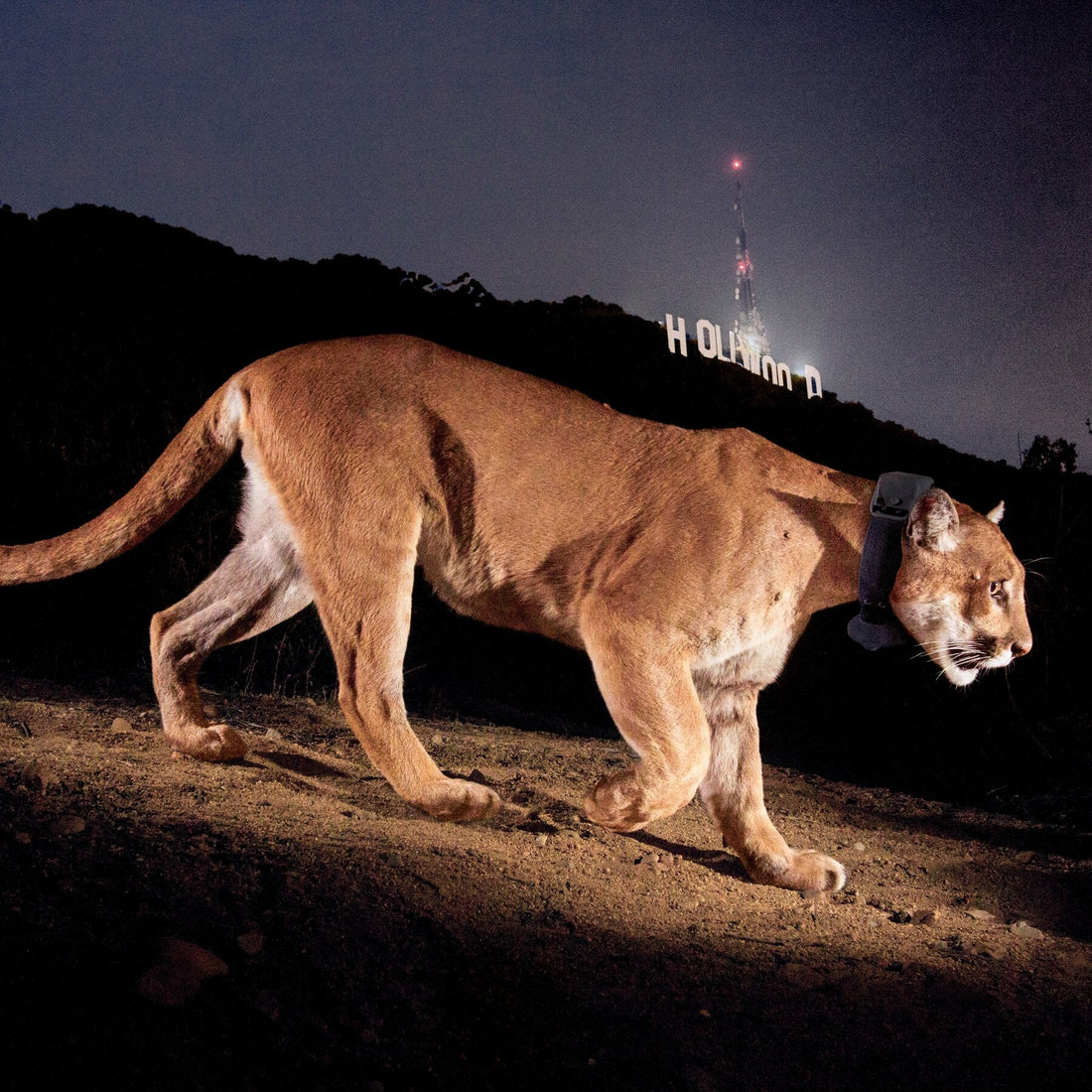What Are Wildlife Corridors? And What P-22 Taught Us
Pelagic ProblemsWhen people first learned about P-22: the famous mountain lion who lived in Los Angeles’ Griffith Park. He felt almost mythical. How could a big cat survive in the middle of one of the world’s busiest cities?
The truth is, P-22’s story wasn’t just about survival. It was also about what happens when wildlife gets cut off from the natural spaces they need. His journey shines a spotlight on the importance of wildlife corridors.
What Is a Wildlife Corridor?
A wildlife corridor is a passageway that allows animals to move safely between fragmented habitats. These “green highways” can be:
- natural stretches of forest, riverbanks, or ridges
- man-made overpasses or underpasses that help wildlife cross roads
- restored strips of greenery between urban development
Without them, animals often get trapped in isolated pockets of habitat which is exactly what happened to P-22.
P-22’s Journey
P-22 was born in the Santa Monica Mountains. To reach Griffith Park, he had to cross two major freeways (the 101 and the 405). Against the odds, he made it. But once in Griffith Park, he was stuck surrounded by freeways and urban sprawl.
That isolation came with costs:
- No mates: P-22 lived and died alone, with no chance to pass on his genes.
- Stressful environment: He survived rodenticides, traffic, and human encounters.
- Limited range: His territory was less than 9 square miles, far smaller than what mountain lions normally roam.

[An image of a billboard stand on the dry grass of Griffith Park from the 2023 P-22 Festival. The billboard depicts the muscular body of P-22, a Los Angeles mountain lion, crossing in front of the Hollywood sign. The left corner text reads: "In Memory of P-22. 2010 - 2022.]
Why Corridors Matter
P-22’s story showed Angelenos (and the world) why wildlife corridors are essential:
- They prevent inbreeding by letting animals connect with new populations.
- They reduce vehicle collisions, giving animals safer paths.
- They help species adapt to climate change by letting them move into new areas.
One of the most direct legacies of P-22 is the Wallis Annenberg Wildlife Crossing at Liberty Canyon. This massive bridge, now under construction, will connect the Santa Monica Mountains to the Simi Hills and beyond. It’s being built so that future lions won’t have to face the isolation P-22 endured.

[An illustrative image of a Wildlife Corridor taken from the Annenberg Foundation website. The image depicts a urban engineering wildlife crossing with lush foliage, towering over the 101 Freeway.]
Wildlife corridors aren’t just about mountain lions. They’re about bears in the Rockies, elephants in India, salamanders in New England. They are lifelines that connect species, maintaining ecosystems, and reminding us that humans are not separate from nature, but part of it.
P-22 may not have had a corridor of his own, but he became the ambassador for why they’re needed. His story transformed the way Los Angeles thinks about coexisting with wildlife showing that even in the heart of a city, people will rally to give animals the space they need to thrive.

